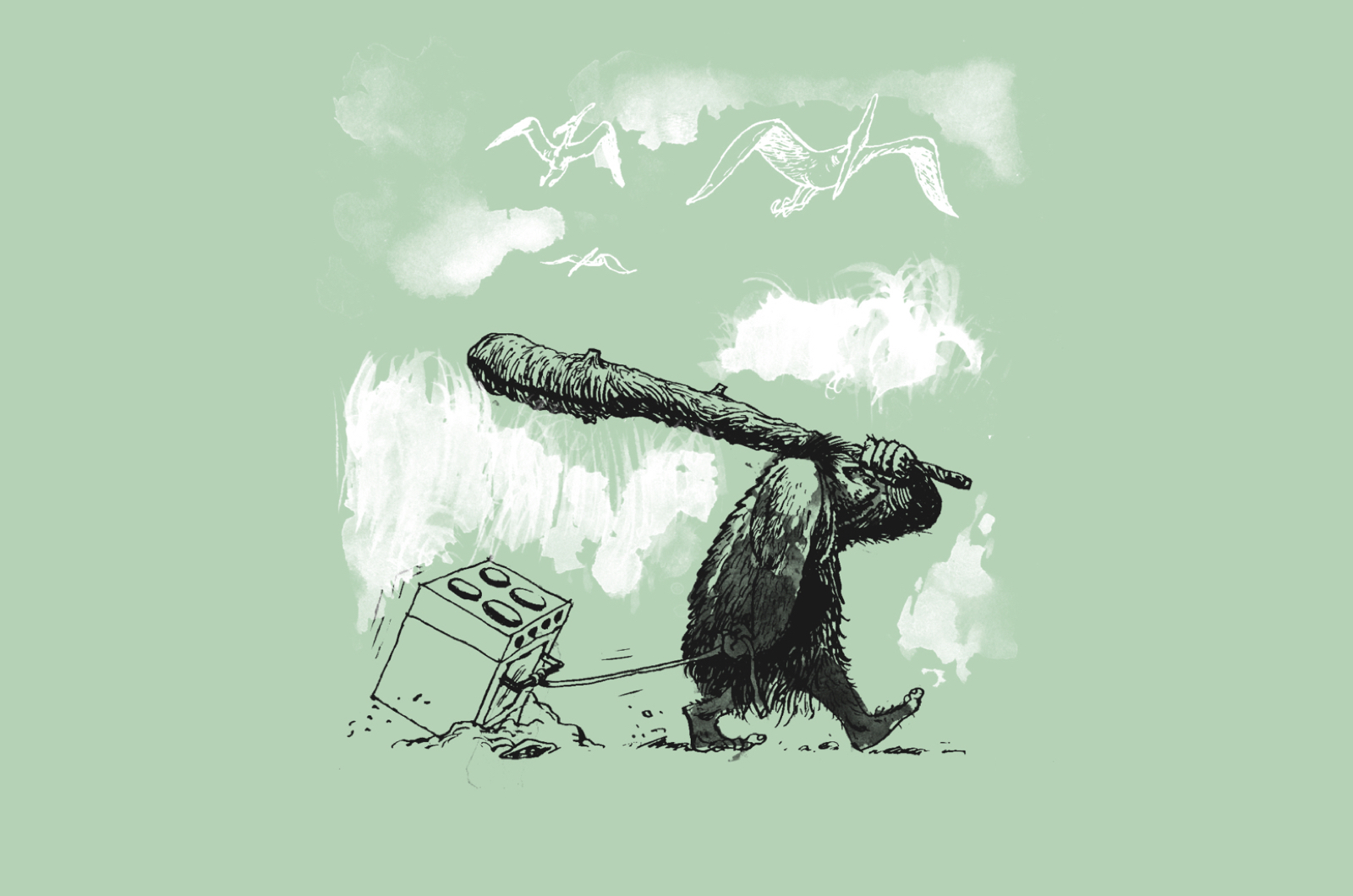The Mongol Diet
In 2013, Lucky Peach helped organize our MAD symposium under the theme of “GUTS”. The topics discussed during that two-day event—and later published in a Lucky Peach booklet called GUTS are still as relevant as ever. Every Wednesday until the GUTS run out, we’ll be publishing a feature from the collection. This week, we’re sharing Peter Meehan’s piece on the Mongol Diet.
Thinking about the theme of [this year’s] MAD, Guts, my mind turned, as it often does, to a book called Genghis Khan and the Making of the Modern World. In roughly three hundred breezy-reading pages, Jack Weatherford tells the story of how Temujin, a small child whose mother was kidnapped into marriage and whose father was poisoned, rose to become Genghis Khan, the greatest conqueror in the history of history. (And a surprisingly progressive leader at that, one who banished torture, permitted religious freedom, and cross-pollinated the ideas and technology of every culture that came under his rule. If you didn’t know that and think of Khan as some sort of Conan the Barbarian type, please consider GKATMOTMW as required reading.)
But it wasn’t so much the conquering that made me think about guts, but the diet that the Mongols lived on as they conquered. Steamrolling the East: impressive. Doing it while eating what they did: that was gutsy. I corresponded with Mr. Weatherford to learn more about what the Mongol diet was like, and now present you with my findings (largely in his words):
+ The Mongolians had no cuisine as we might think of it. They had simple cooking that was the same for everyone: mostly boiled, unseasoned meat. Yet the cook was one of the highest-ranking officials of the empire and in charge of running the court.
+ The cook was also important in keeping the peace, since the order in which people were served food could lead to great fights and food riots. For this reason, no one could come to a meal with a weapon (but they still threw dishes and anything else at hand).
+ Mongols categorized food into two groups: Ulaan Idee, red foods like meat, mainly eaten in the winter and spring; and Tsagaan Idee, white foods like dairy products, mostly eaten in the summer and fall. Vegetables were considered as a form of grass and called “goat food.” The Mongols were thoroughly disgusted that farmers ate plants that grew in the dirt and had often been fertilized with excrement.
+ The Mongols were very particular about butchery. The butcher (usually a young boy) made a small incision in the chest of the goat or sheep, reached inside and pinched off the aorta which immediately killed the animal. It had to be done outdoors, but in a shadow so that the sun would not see it and without spilling the blood so that the earth would not feel it. Large animals like oxen would be killed by hitting them between the horns with a sledgehammer so as not to spill any blood. Normally an animal would be consumed within three hours.
+ Because the Mongols cooked over dung fires, they usually boiled meat rather than roasting or frying it. When on the move, the Mongols often cooked an animal in its own skin by stuffing it with heated rocks.
+ Genghis Khan and his men once avoided starvation by killing a wild horse and cooking it in its hide.Genghis Khan’s first killing was over food. He killed his half-brother for taking a bird and a fish he’d caught.
+ In the fall, when the men took the animals to graze far from home and fatten them for the winter, they lived mostly on fermented horse or camel milk, supplemented by wild marmots, which they cooked in their skin. Fermented camel and horse milk produce nearly constant diarrhea, but since the men lived outside, it was not considered too big of a problem.
So the next time you feel overwhelmed by a challenge (like, say, taking over the world), imagine doing so while subsisting on boiled marmot as fermented horse milk is blasting a hot course through your insides. I find it makes things look sunnier, and puts my own challenges in perspective.




